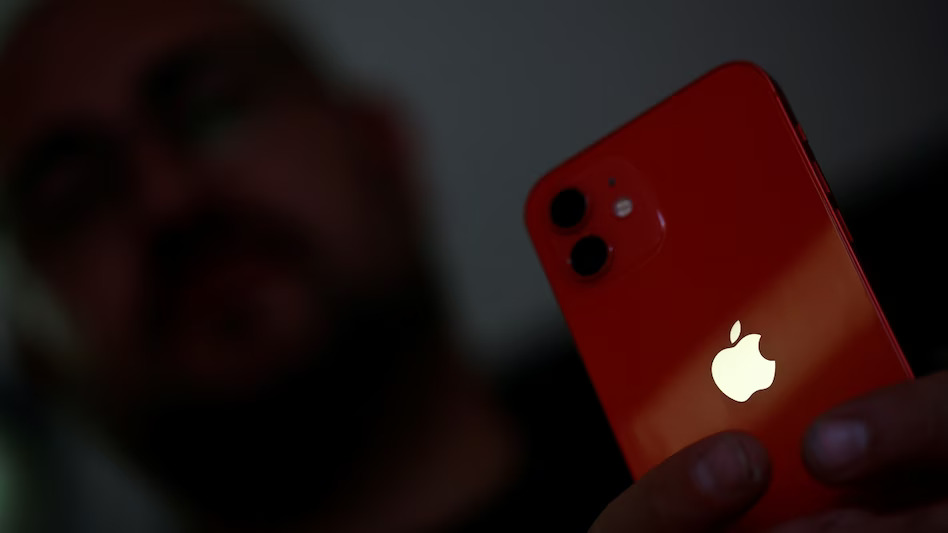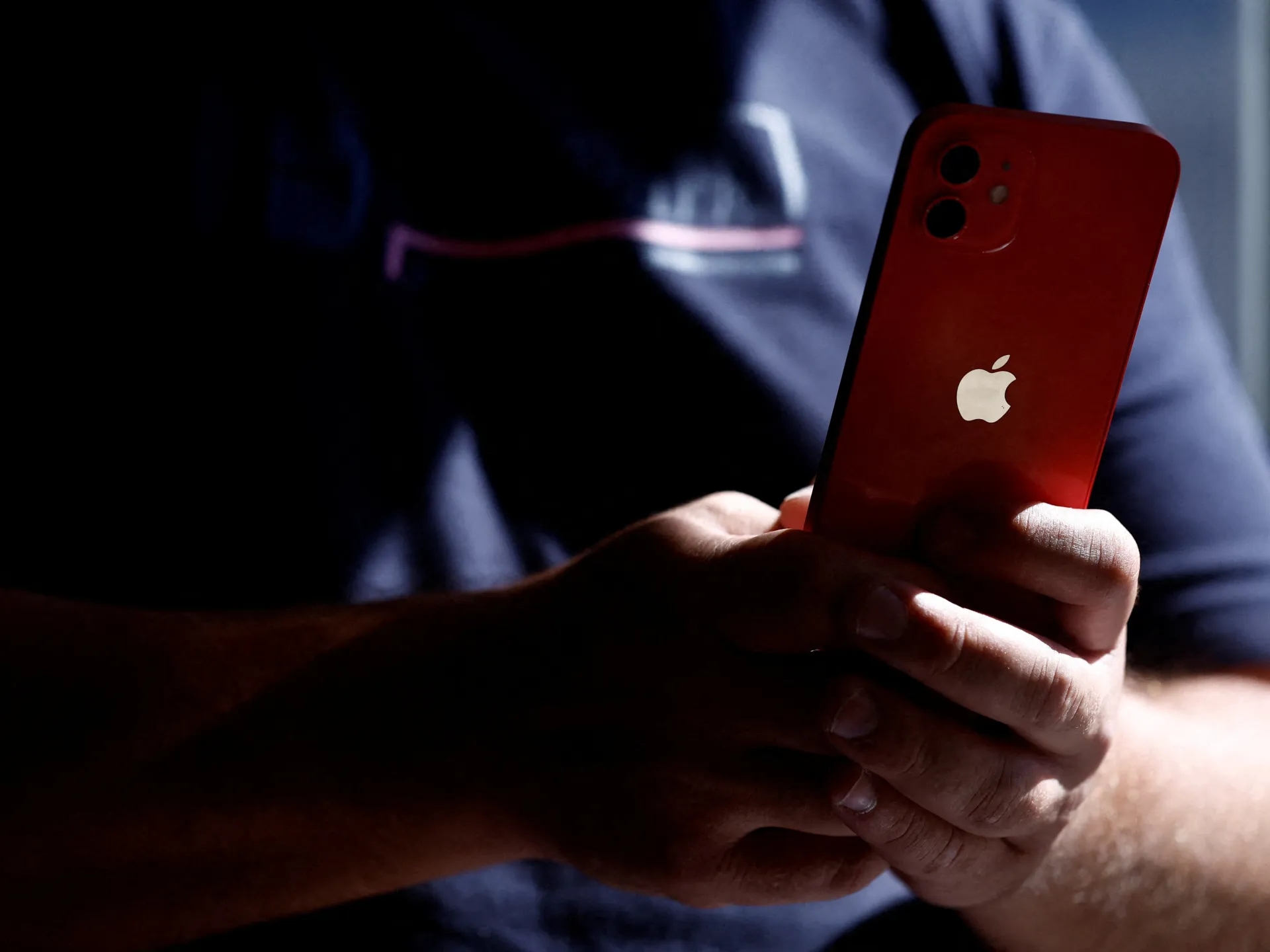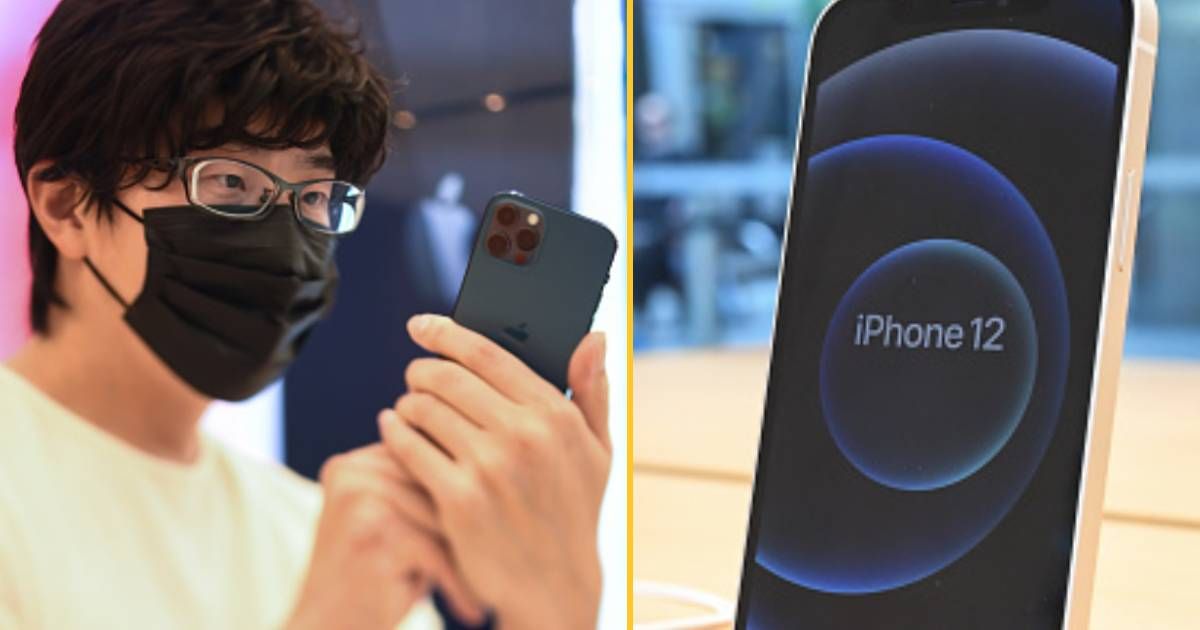Apple Is Ordered To Stop Sale Of IPhone 12 In France Due To High Radiation
Learn why Apple is ordered to stop sale of iPhone 12 in France due to high radiation. Explore the implications and safety measures in this regulatory decision.
Author:Scarlet SunsetReviewer:Professor JhizSep 14, 20232.2K Shares72.4K Views

In a surprising turn of events, Apple Inc. faced regulatory action in France in September 2023, as Apple is ordered to stop sale of iPhone 12 in France due to high radiation. The move sparked debates, with Apple disputing the claims and asserting the safety of their products.
Electromagnetic Radiation And Mobile Phones
Mobile phones, including iPhones, emit electromagnetic radiation as they communicate with cellular towers and other devices. This radiation, in the form of radiofrequency (RF) waves, is generally considered safe within established limits. However, concerns have persisted for years about potential health risks associated with prolonged exposure to high levels of RF radiation.
Apple IPhone 12 High Radiation Issue In France
One of Apple's most popular smartphones in recent years is the iPhone 12, which debuted on the market in 2020. However, Apple is ordered to stop sale of iPhone 12 in France due to high radiation.
At its annual keynote presentation in California on Tuesday (12 September), Apple announced the iPhone 15 and iPhone 15 Pro, the newest versions of its iconic device.
Apple was given a directive by the National Frequency Agency (ANFR) to "implement all available means to promptly remedy this malfunction" or face having to recall the phones that have already been sold in France.
The organization is in charge of keeping an eye on radio equipment and electromagnetic wave exposure in the general population.
It recently examined the specific absorption rates (SAR) of 141 phones, including the Apple iPhone 12 that was sold in France. The SAR calculates how quickly the human body is absorbing radiofrequency energy.
The agency's agents will confirm that this model of the iPhone is no longer available in France. As of Wednesday (13 September), numerous French telecom retailers had removed the iPhone 12 from their online inventory.
The model is beyond threshold radiation levels, according to Jean-Noel Barrot, France's junior minister for the digital economy.
After conducting testing on the device, France's radiation regulator ANFR warned Apple that sales of the iPhone 12 would need to be stopped there.
The Specific Absorption Rate (SAR) of the device, according to Reuters, was higher than what was allowed by law. The govt. official stated:
Apple is expected to respond within two weeks. If they fail to do so, I am prepared to order a recall of all iPhones 12 in circulation. The rule is the same for everyone, including the digital giants.
Barrot continued by claiming that a straightforward software update would be sufficient to resolve such radiation problems, allowing Apple to keep selling the iPhone 12 in France.
For phones already sold, Apple must take corrective action as soon as possible to bring the affected phones into compliance. Otherwise, it will be up to Apple to recall them.
The iPhone and many other cellphones emit non-ionizing radiation, but they lack the energy to ionize atoms or molecules. Although there aren't many health dangers, that doesn't mean it can't still be an issue.
Exposure limits for RF radiation, the kind found in frequently used mobile phones, have been established by regulatory agencies in a number of countries.
In order to protect our health, restrictions are placed in place to make sure that radiation emissions never exceed safe levels. Although iPhones are designed to abide by these limitations, French officials appear to have discovered some issues with the iPhone 12.
Numerous research has looked into the potential health effects of chronic exposure to RF radiation from mobile phones. In fact, numerous studies have discovered a link between high SAR levels and specific types of cancer.
“„“To date, and after much research performed, no adverse health effect has been causally linked with exposure to wireless technologies,” Provided that the overall exposure remains below international guidelines, no consequences for public health are anticipated.- WHO
Apple refuted the agency's assertions, stating that it had already provided the agency with numerous test reports from both internal and external third parties that demonstrated the device's adherence to all applicable SAR legislation and international standards.
The business declared it was contesting the findings of the AFNR review and would keep collaborating with the organization to show the phone's compliance.
Regulatory standards for mobile phone radiation emissions are a fundamental aspect of ensuring user safety in an increasingly connected world. Organizations like ICNIRP and the FCC play crucial roles in establishing and maintaining these standards, which are based on extensive scientific research and safety margins.
Consumers can make informed choices by considering SAR values and following manufacturer-recommended safety practices. Ongoing research in this field ensures that regulatory standards remain effective in protecting users from potential health risks associated with mobile phone radiation. Ultimately, these standards provide a solid foundation for the safe and responsible use of mobile technology.
International Implications And Debates
The French decision to halt iPhone 12 sales had international implications, sparking debates and discussions about the safety of mobile devices and the potential risks associated with electromagnetic radiation. It also raised questions about the variations in regulatory standards and testing methodologies in different countries.
The Importance Of Independent Testing And Transparency
This incident highlights the importance of independent testing and transparent reporting of findings when it comes to technology and health-related concerns. It serves as a reminder of the need for clear and consistent regulatory standards to ensure the safety of consumer electronics worldwide.
Consumer Reactions And Impact
The newsof iPhone 12 sales being suspended in France had a significant impact on consumers. Some users expressed concerns about the safety of their existing devices, while others questioned the validity of the claims made by the French authorities. It remains to be seen how this development will affect consumer confidence in Apple products in France and beyond.
Regulatory Standards For Mobile Phone Radiation Emissions
Mobile phones have become an integral part of modern life, providing convenience, connectivity, and a wide range of features. However, there have been concerns about the potential health risks associated with mobile phone radiation emissions.
To address these concerns and ensure user safety, regulatory standards have been established worldwide. In this article, we will delve into the regulatory standards for mobile phone radiation emissions, their significance, and how they safeguard consumers.
Understanding Mobile Phone Radiation
Mobile phones emit electromagnetic radiation, specifically radiofrequency (RF) radiation, during their operation. This radiation is a form of non-ionizing radiation, which means it lacks the energy to ionize atoms or molecules and damage DNA. While the consensus in the scientific community is that RF radiation at typical exposure levels is safe, regulatory standards exist to set limits and ensure that mobile devices do not pose health risks.
International Regulatory Bodies
Several international organizations play a crucial role in establishing and maintaining regulatory standards for mobile phone radiation emissions. Two of the most prominent organizations in this regard are the International Commission on Non-Ionizing Radiation Protection (ICNIRP) and the Federal Communications Commission (FCC) in the United States.
- ICNIRP Standards - ICNIRP is a non-governmental organization recognized by the World Health Organization (WHO) that specializes in setting guidelines for the protection of humans from non-ionizing radiation. ICNIRP's guidelines are widely accepted and serve as a reference point for many countries. ICNIRP's standards are designed to ensure that exposure to RF radiation from mobile phones and other devices remains below levels where adverse health effects might occur. These standards are based on extensive scientific research and include safety margins to account for uncertainties in the data.
- FCC Standards - In the United States, the Federal Communications Commission (FCC) sets the regulatory standards for mobile phone radiation emissions. The FCC's standards are designed to limit exposure to RF radiation from mobile phones and other wireless devices. They are known as the Specific Absorption Rate (SAR) limits. SAR is a measure of the rate at which RF radiation is absorbed by the human body when exposed to a mobile device. The FCC has established SAR limits that mobile phones must not exceed to ensure user safety. These limits are based on extensive testing and research to determine safe exposure levels.
SAR Testing And Compliance
Manufacturers of mobile phones and wireless devices are required to conduct SAR testing to ensure that their products comply with regulatory standards. SAR testing involves measuring the amount of RF radiation absorbed by a simulated human head and body when using the device.
Mobile phones that are sold in the United States and other countries with similar regulations must display their SAR values in their user manuals or on their packaging. This information allows consumers to make informed choices and understand the level of RF radiation exposure associated with a particular device.
Global Adoption Of Regulatory Standards
While ICNIRP and the FCC are prominent in setting standards, many countries around the world have adopted similar regulations to ensure the safety of mobile phone users. These regulations are often based on recommendations from international bodies like ICNIRP.
It's important to note that while the specific limits and testing methods may vary from country to country, the overarching goal is the same: to protect consumers from excessive RF radiation exposure and potential health risks.
Safety Assurance And Ongoing Research
Regulatory standards for mobile phone radiation emissions are not static. They are regularly reviewed and updated to incorporate new scientific findings and technologies. This ongoing research ensures that the standards remain relevant and effective in safeguarding user safety.
The scientific community continues to study the potential health effects of RF radiation, conducting epidemiological studies and laboratory research. While the consensus is that mobile phones are safe when used within regulatory limits, research in this field is critical for addressing any emerging concerns.
Consumer Awareness And Safety
For consumers, awareness of regulatory standards and SAR values is essential. By choosing mobile phones that comply with established standards, users can minimize their RF radiation exposure and enjoy the benefits of mobile technology with confidence.
It's also important for users to follow safety guidelines provided by manufacturers. These guidelines often include recommendations on maintaining a safe distance between the device and the body, using hands-free accessories and reducing exposure in specific situations, such as weak signal areas.
FAQs
Why Did France Order Apple To Stop Selling iPhone 12 Phones?
France ordered Apple to stop selling iPhone 12 phones due to concerns over high levels of electromagnetic radiation emitted by the devices, citing potential health risks associated with prolonged exposure.
How Did Apple Respond To France's Decision?
Apple disputed the claims, asserting the safety of its products and emphasizing that iPhone 12 devices meet or exceed international safety standards. The company pledged to work with French authorities to address their concerns.
What Are The Potential Health Risks Of Prolonged Exposure To Electromagnetic Radiation From Mobile Phones?
Prolonged exposure to high levels of electromagnetic radiation from mobile phones has raised concerns about potential health risks, although conclusive evidence is still debated within the scientific community.
How Did The Decision To Stop iPhone 12 Sales In France Impact Consumers?
The decision had a significant impact on consumers, raising concerns about device safety and potentially affecting consumer confidence in Apple products in France and other regions.
Are There International Standards For Electromagnetic Radiation From Mobile Devices?
Yes, there are international standards and guidelines that set limits for electromagnetic radiation emissions from mobile devices to ensure user safety.
How Can Consumers Protect Themselves From Potential Health Risks Associated With Mobile Phones?
Consumers can take precautions such as using hands-free devices, limiting screen time, and following safety guidelines provided by manufacturers to reduce potential risks.
What Are The Potential Implications Of This Incident For The Tech Industry?
This incident could have far-reaching implications for the tech industry, highlighting the importance of consistent regulatory standards and transparent reporting of safety findings to ensure consumer trust and well-being.
Conclusion
Apple is ordered to stop the sale of the iPhone 12 in France due to high radiation. The decision by the French regulatory authority to halt iPhone 12 sales in France due to concerns about high levels of electromagnetic radiation is a complex and contentious issue. It underscores the importance of rigorous testing, transparent reporting, and consistent regulatory standards in the tech industry.
Apple's dispute with the claims and its commitment to user safety further emphasize the need for a thorough examination of the available scientific evidence and regulatory practices to ensure the well-being of consumers. The outcome of this situation will likely have far-reaching implications for the tech industry and mobile device users worldwide.

Scarlet Sunset
Author
Scarlet Sunset is a captivating and confident transgender individual who radiates sensuality and embraces her unique beauty. With a radiant smile and a touch of red lipstick, she captivates hearts by the poolside as the sun dips below the horizon, casting a warm glow on her unforgettable presence.
Despite societal norms and expectations, Scarlet celebrates her body, proudly defying conventional standards of beauty. Her curves tell a story of self-acceptance and empowerment, challenging stereotypes and inspiring others to embrace their own bodies without reservation.

Professor Jhiz
Reviewer
Professor Jhiz brings fun to teaching anatomy. Born in China, she shares her fascination for how the body works.
Students say her lectures are lively with jokes and stories. She draws cartoon diagrams that highlight structures creatively.
Professor seeks to inspire curiosity and joy in anatomy. She treats each class like a show using props and costumes.
When not teaching, Jhiz enjoys karaoke and novelty socks. Her goal is passing on a spirit of wonder to students.
Latest Articles
Popular Articles

